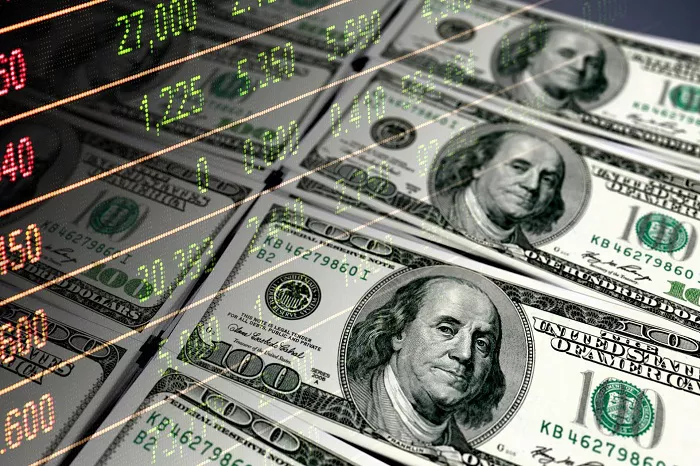The U.S. dollar fell to an eight-week low against the yen and remained near a one-month low versus sterling on Thursday, as fears of an inflationary global trade war subsided. Investor sentiment improved following recent developments, including the de-escalation of trade tensions between major economies.
The Japanese yen saw continued strength, buoyed by rising expectations of further interest rate hikes by the Bank of Japan (BOJ). The yen was supported by comments from BOJ board member Naoki Tamura, who suggested that rates may need to rise to at least 1% in fiscal year 2025. This follows strong wage data indicating continued economic growth, which has led to growing optimism about Japan’s monetary policy tightening.
Sterling remained firm, even with the Bank of England (BoE) widely expected to reduce interest rates by a quarter-point later on Thursday. The pound stood steady at $1.2509, after briefly reaching $1.2550 the previous day, its highest level since January 7. This price action reflected confidence that despite the rate cut expectation, the British economy remains resilient.
The U.S. dollar slid 0.5% to 151.81 yen, marking its lowest point since December 12, following a 1.1% decline the day before. The dollar index, which measures the greenback against a basket of other major currencies, fell to 107.57, near its overnight low of 107.29. Earlier in the week, the index had surged to a three-week high of 109.88, spurred by the looming threat of 25% import tariffs on Mexico and Canada. However, those countries secured a one-month reprieve, and the U.S. implemented 10% tariffs on China instead.
The offshore yuan strengthened slightly to 7.2775 per dollar, and the Canadian dollar (loonie) held steady at C$1.4321, after reaching its highest level since December 17 at C$1.4270. The Mexican peso was flat at 20.5789 per dollar.
James Kniveton, a senior corporate FX dealer at Convera, noted that market participants are now looking past the tariff threats against Mexico and Canada, treating the tariffs on China as less of a concern. He added that with reduced inflation risks from tariffs, the Federal Reserve has more flexibility in its policy decisions.
The next key event for the U.S. dollar will be Friday’s jobs report, with expectations for two rate cuts by the end of the year. Market pricing currently anticipates a quarter-point Fed rate cut in July, with expectations for 46.3 basis points of cuts by December, according to LSEG data.
In contrast, the market has priced in a 92% chance of an imminent rate cut from the BoE, while the BOJ is expected to raise rates by a quarter-point by September, with a 94.8% probability.
Overall, global trade tensions have eased, and the outlook for rate changes from central banks in the U.S., the UK, and Japan is driving market sentiment and currency movements.
Related topics:
Dollar Faces Sharp Decline Amid Uncertainty Over Tariff Policies


